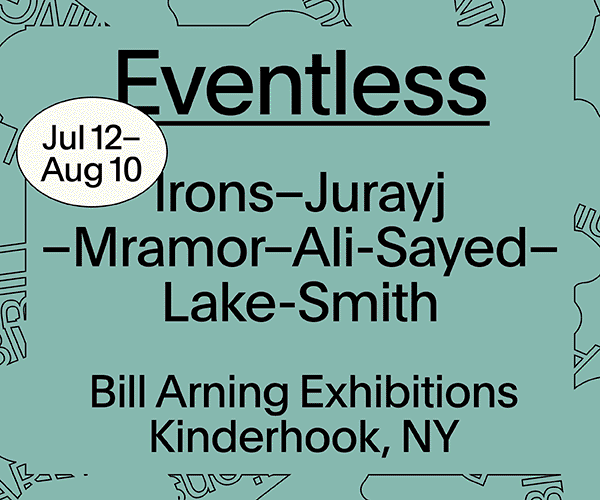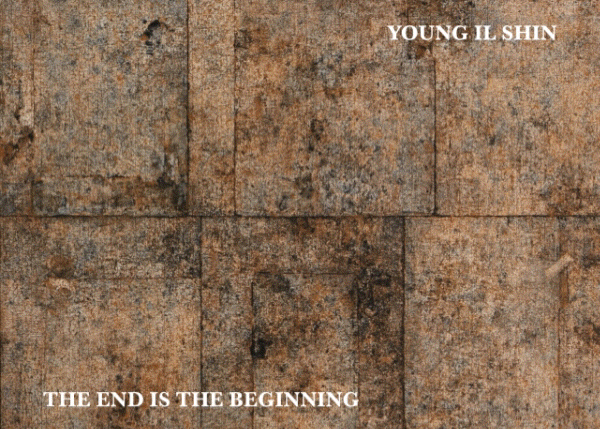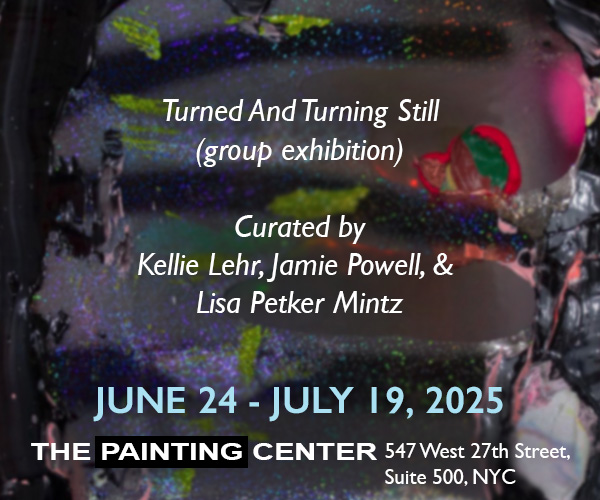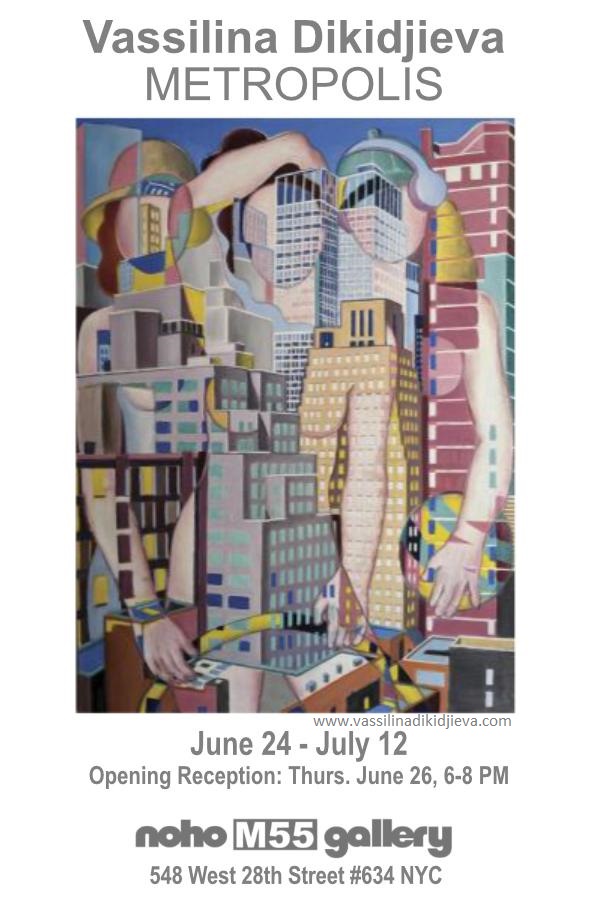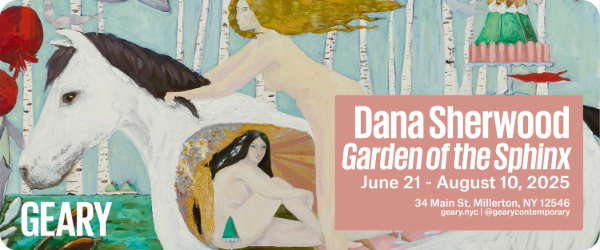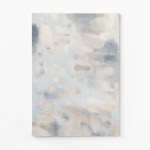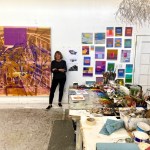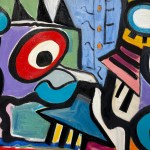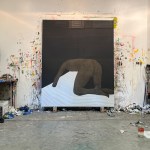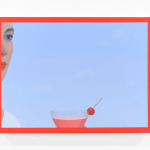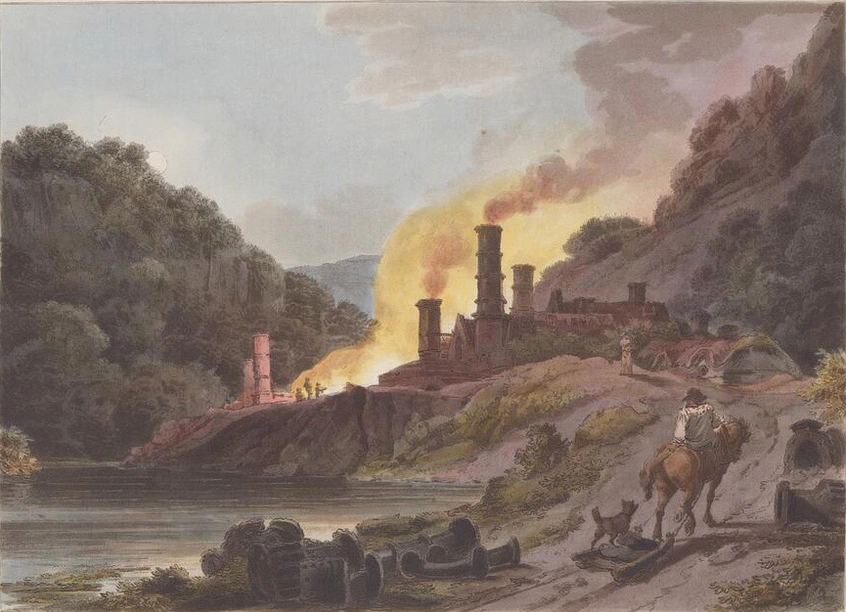
Contributed by Peter Plagens / The first edition of the Getty-sponsored “Pacific Standard Time” slate of exhibitions in 2011 was subtitled simply “Art in L.A., 1945 – 1980,” and it aimed to elucidate Southern California’s contribution to American postwar modern art. In 2017, the second iteration was called “LA/LA,” indicating the city’s Latin American art and artists. This time around PST has declared a more specific theme, “Art and Science Collide,” reminiscent of one of those noble Rose Parade rubrics (such as “Building Dreams, Friendships & Memories” in 2011). The array of exhibitions (“800+ artists. 70+ institutions. 1 mind-blowing theme”) all nominally contribute to the dubious proposition that art and science are working in concert to mitigate the effects of climate change.
The extravaganza’s exhibition guide lists 78 shows in venues spread over four large counties, with a rolling schedule of opening dates that extends into December. This critic visited 15 of them, including two that seemed most on-point.
Topically, the best show is “Storm Cloud: Picturing the Origins of our Climate Crisis,” at the Huntington Library in San Marino. The exhibition “analyzes the impact of industrialization and a globalized economy on everyday life from 1780 to 1930,” with an eye to demonstrating their ultimate contribution to endemically rising temperatures. Of course, there’s some great art in the exhibition—for example, View on the Stour Near Dedham (1822) by John Constable—but by being compelled to be in the service of the climate-crisis topic, it’s a bit straitjacketed. The painting shows barges laden with grain to be shipped and sold far downstream. The label suggests we consider this as the seeds of pollution involved in long-range commerce. The show’s cautionary apex is a 1923 photograph of a forest of wooden oil-well derricks in Signal Hill, CA.
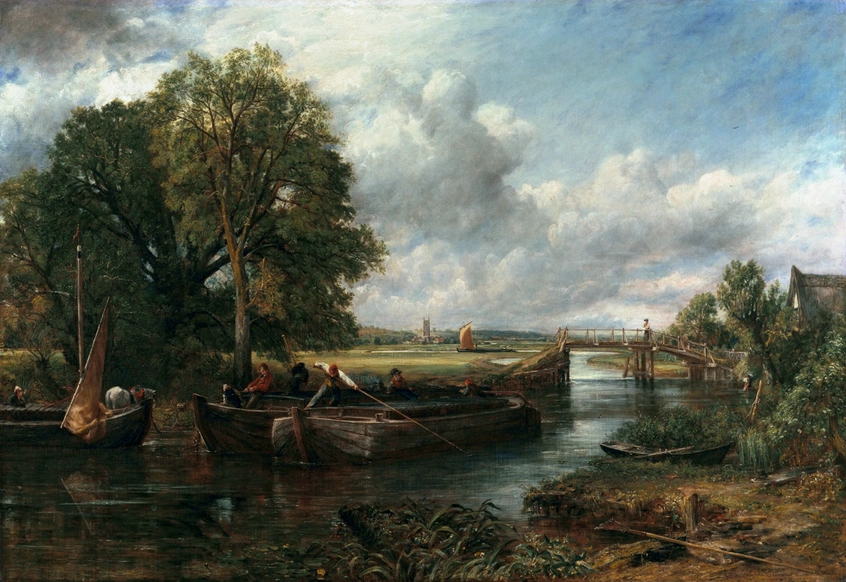
“Brackish Water Los Angeles,” on the campus of California State University, Dominguez Hills, brings the viewer—somewhat depressingly—face to face with what’s going on now. As the PST exhibition guide informs us, “South Los Angeles [is] where local rivers have been transformed into concrete channels, and where industrial contamination and ecological racism have plagued surrounding communities for generations.” (If “racism” seems like a reach, remembering that the placement of early freeways was a deliberate neighborhood segregator should mitigate any doubt.) While the exhibition itself—with contemporary artists’ tenuous takes on global warming—is a bit of a hodgepodge, there’s a beautiful but quietly disturbing video by Issac Michael Ybarra of water running down denuded hills which is perfectly on point. As is a Portable Wetland for Southern California by Lauren Bon and Metabolic Studio—a solar-powered machine for removing pollutants from water. That it’s installed in the school’s sculpture garden isn’t a reach at all: Portable Wetland is, in the vein of Mark Di Suvero, actually good-looking.
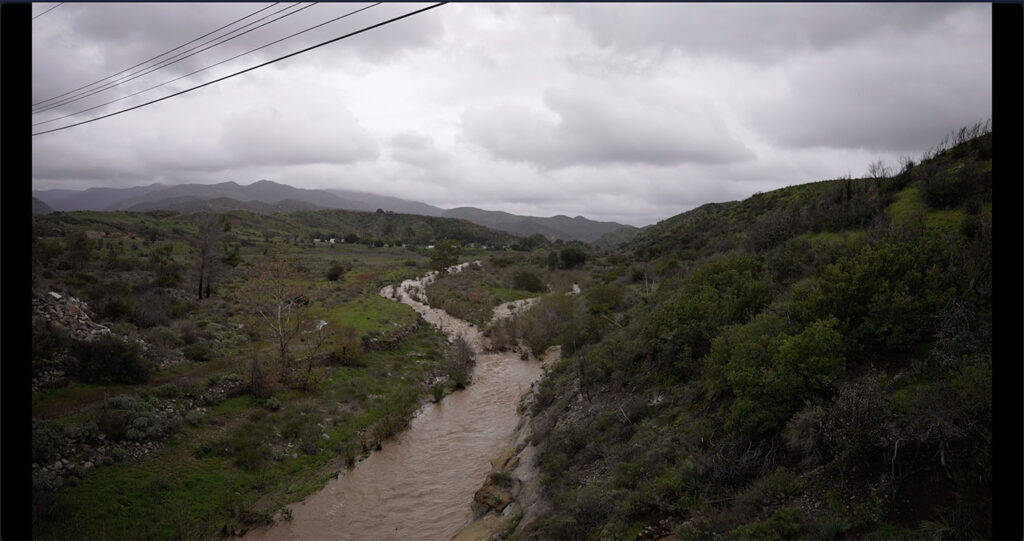
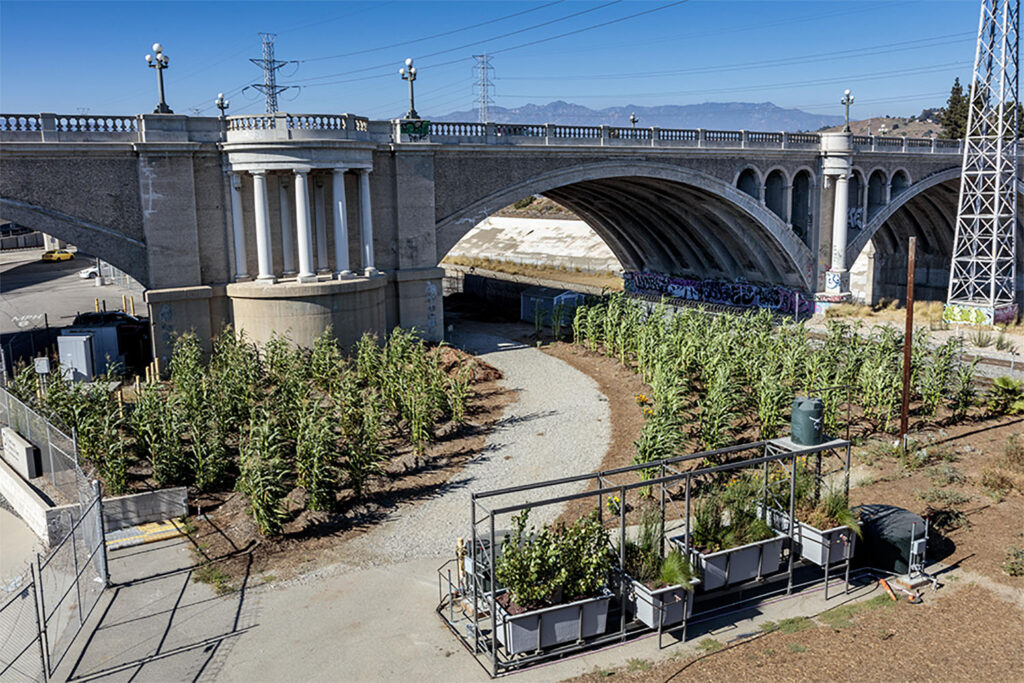
At UCLA’s Hammer Museum, “Breath(e): Toward Climate and Social Justice,” with about 100 works by contemporary artists, purports to elucidate climate change and its “inescapable intersection with issues of equity and social justice.” A large beehive inside a glass case with its denizens busily at work is a crowd-pleaser requiring monitored entrance to a darkened chamber. The installation, by Garnett Puett, is fascinating, but more as melittology than art. Closer to art-qua-art is Ron Finley’s Urban Weaponry Project, Weapons of Mass Creation (2018 and ongoing), a display of shovel heads, painted by other artists, standing upright on their handles at about eye level. The adroitly decorated shovel heads—one with a portrait of Mr. Finley, another with sculptural fang-baring snake attached—are a highlight of the exhibition. With so many PST shows seeming like socially conscious folk music festivals, the Hammer offers a veritable rock concert.
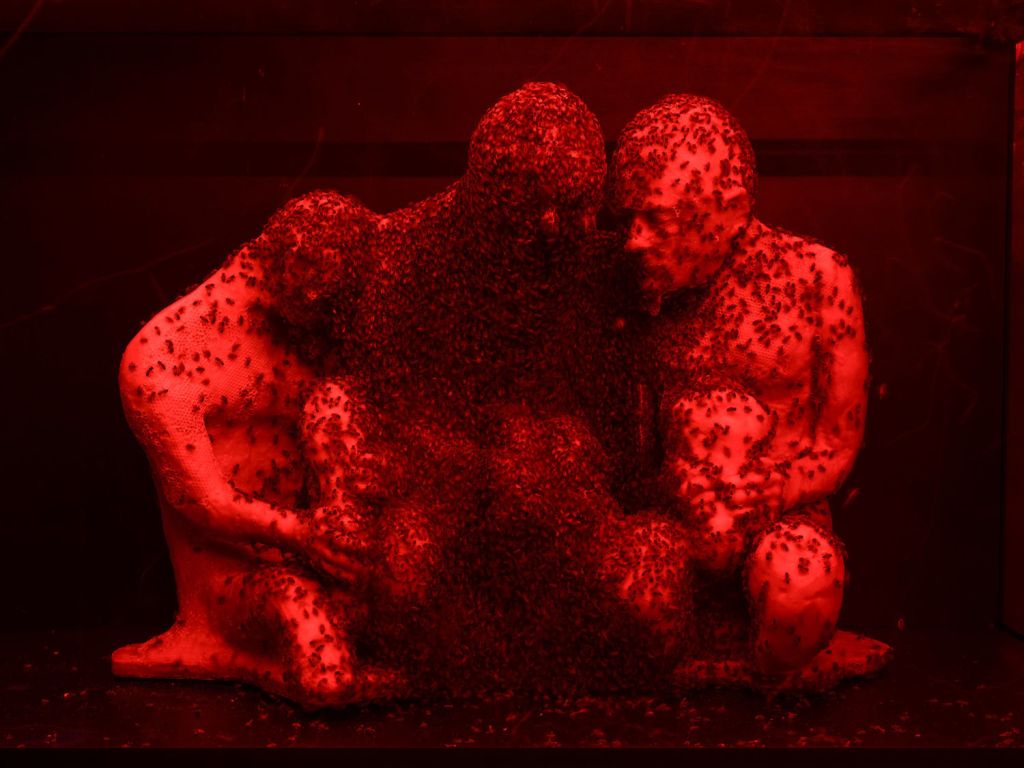
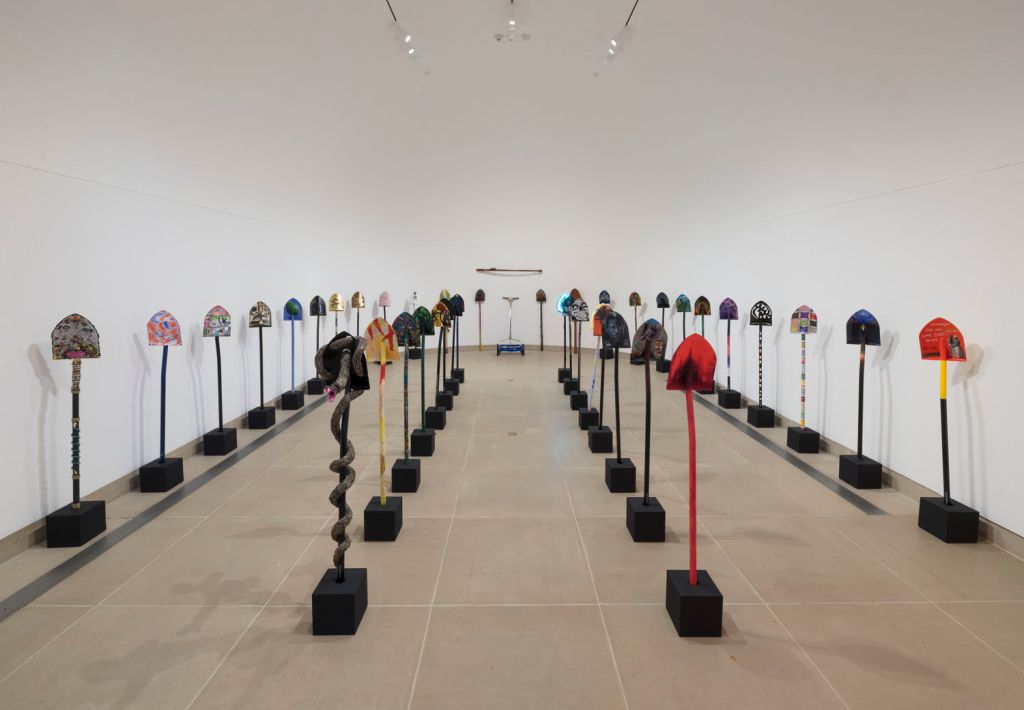
There’s a collective purpose to PST/LA that perhaps makes it untoward to single out a particular artist negatively, but given the renown of, and hype surrounding the contribution of the Chinese artist Cai Guo-Qiang, it’s fair play. His huge exhibition at the USC Asia Pacific Museum, “A Material Odyssey”—of paintings and studies documenting his traversement from painter to fireworks impresario—lies somewhere between dutiful and overkill. (Think Cy Twombly morphing into Yves Klein.) His climactic conclusion to PST/LA—a big fireworks finale at the L.A. Coliseum—went awry, and several spectators were injured by falling hot debris.
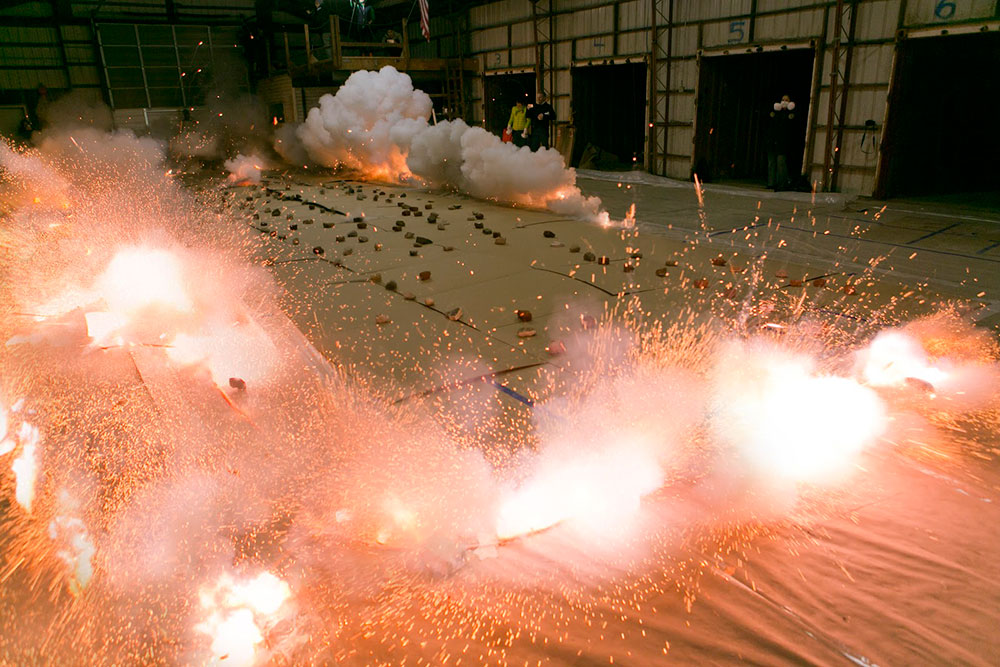
PST/LA contains the well-intended purpose of a large segment of contemporary art to prod people toward better social behavior, but its power to do this is dubious at best. Art as public service announcement is a turnoff, and challenging esthetics tend to obfuscate any well-intended message. It’s hard to miss the irony, moreover, in a large array of exhibitions purporting to be about climate encouraging viewers to drive their polluting cars hundreds of miles to dozens of far-flung exhibition sites.
“PST ART: Art & Science Collide”, Getty Center (and 45+ institutions across Southern California).
“Storm Cloud: Picturing the Origins of Our Climate Crisis”, The Huntington, 1151 Oxford Road, San Marino, CA. Through Jan 6, 2025.
“Brackish Water Los Angeles”, CSU Dominguez Hills, University Art Gallery, Lacorte Hell (First Floor), 1000 E. Victoria Street LCH-A107, Carson, CA
“Breath(e): Toward Climate and Social Justice”, Hammer Museum, 10899 Wiltshire Boulevard, Los Angeles, CA. Tuesday – Sunday. 11AM – 6PM. Through Jan 5, 2025.
“A Material Odyssey”, USC Asia Pacific Museum, 46 North Robles Avenue, Pasadena, CA. Wednesday – Sunday. 11AM-5PM. Through Jun 15, 2025.
About the author: Peter Plagens is an American artist, art critic, and novelist based in New York City.
NOTE: We’re in the second week of the Two Coats of Paint 2024 Year-end Fundraising Campaign! This year, we’re aiming for full participation from our readers and gallery friends. Your support means everything to us, and any contribution—big or small—will help keep the project thriving into 2025. Plus, it’s tax-deductible! Thank you for being such a vital part of our community and keeping the conversation alive. Click here to contribute.

